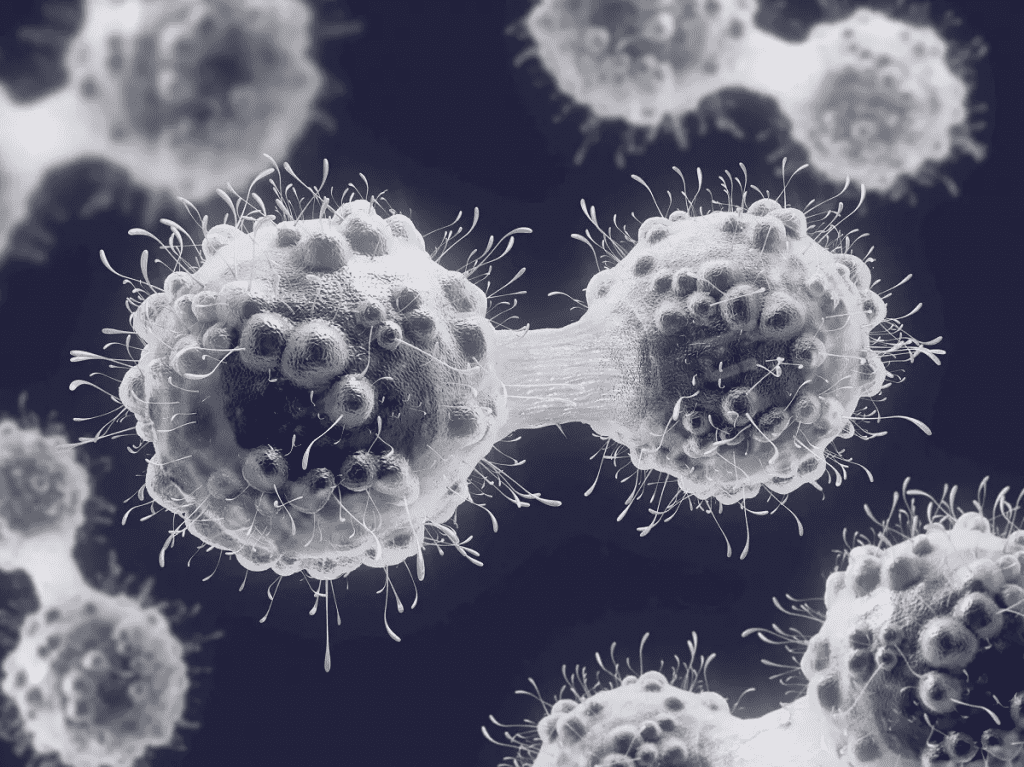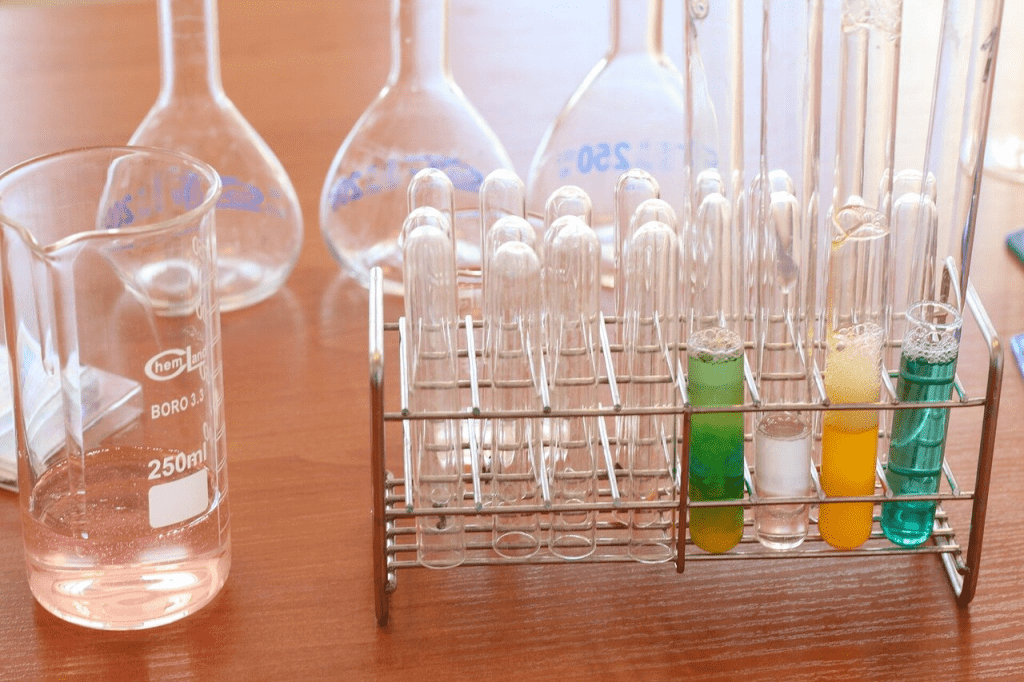Noble metals, nature’s premium endowment, are the most precious and rare to find. Generally speaking, numerous of them, including platinum, gold, ruthenium, and palladium, are proven catalysts for chemical reactions and have the ability to break the chemical bonds between atoms in an expeditious manner. But due to their expensive nature, they can’t be utilized by large-scale industries in excessive amounts. Instead, many industrialists utilize iron as an alternative due to its affordable nature and a tendency to act as a catalyst between atoms. But iron is less effective than noble metals and hence necessitates a much higher temperature to begin a chemical reaction.

However, this higher temperature is actually a threat to the environment and contributes to the carbon footprint. Considering this, researchers from the University of New South Wales in Sydney have come up with an all-time unprecedented discovery by solvating platinum into liquid gallium, which easily melts at a room temperature of 29.8 degrees centigrade. Due to this, platinum has finally become an affordable metal to be used for commercial purposes without any hazard of environmental degradation.
Lead author and chemical engineer Md. Arifur Rahim from UNSW Sydney said, “A range of important chemical reactions could be performed at a relatively low temperature with the use of a more efficient catalyst like liquid platinum.” Usually, platinum melts at 1700 degrees Celsius, which is a hell of a temperature for the consumption of energy. On the other hand, gallium not only dissolves metals in it just like water dissolves salt but also disintegrates the metals into smaller pieces, which makes the reaction more systematic and sustainable.

This process of fabricating the noble metal catalysts for commercial usage is called “miniaturization.” Scientists have been struggling to achieve this state since 2011 and finally, the experiment went successfully on platinum. Rahim further said, “When you miniaturize the system, you’re maximizing the surface-to-volume ratio and the atom utilization efficiency so that your overall consumption of the catalyst is smaller over time, and that can possibly make your product affordable. Theoretically, you get the maximum efficiency of that catalytic metal when it is at the atomic scale because you cannot go beyond that.”

However, it is worth noting that the whole mechanism of dissolving platinum into gallium requires a temperature rise of up to 400 degrees centigrade. Yes! It is way beyond hotter temperatures, but the interesting thing is that it is only a one-time activity. To start the process, we have to give it a temperature of 400 degrees centigrade for just a few hours, and after that, platinum will always melt at room temperature. The process would help in achieving sustainability along with harnessing the growth in the fertilizing sector as well.
The study has been published here.


